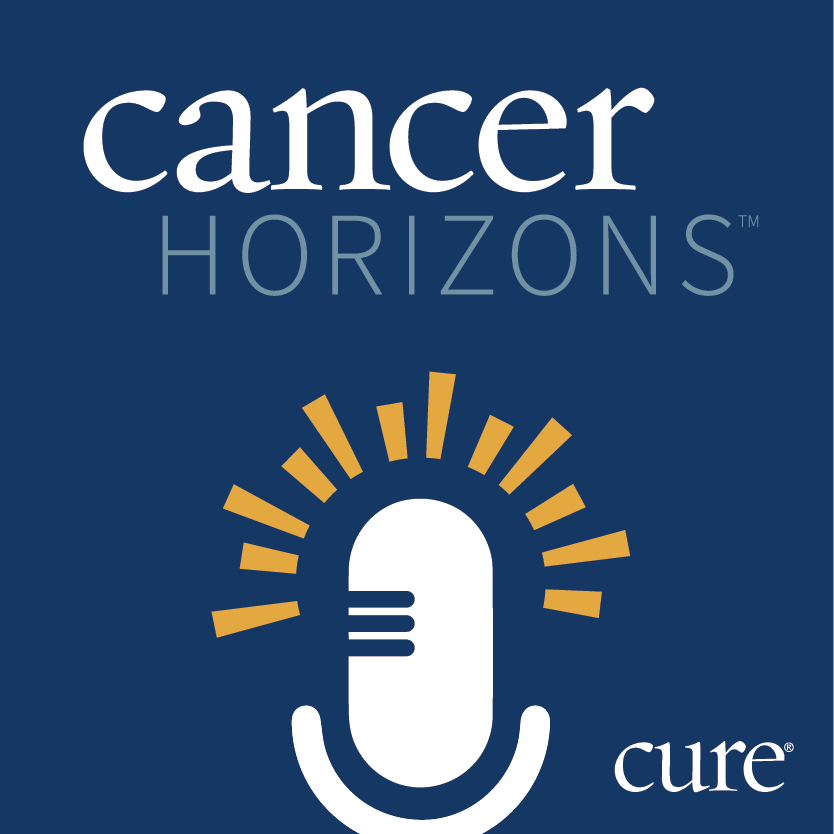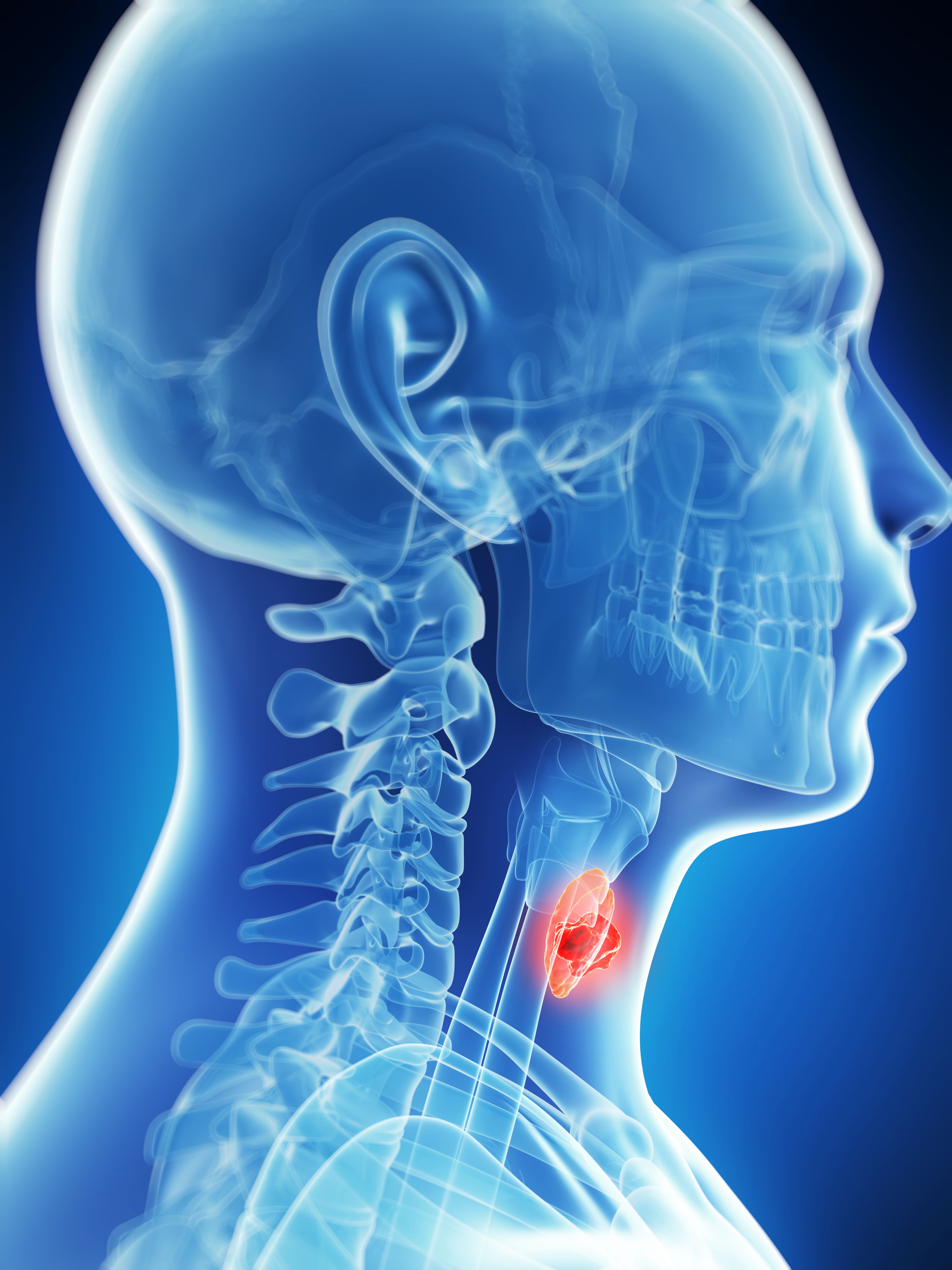Article
Lower survival for young adult ALL patients
Author(s):
Adolescents and young adults (AYAs) with high-risk acute lymphoblastic leukemia (ALL) have it worse than younger patients when it comes to rates of relapse, drug toxicity and overall survival. While previous data has suggested this, there has been no large study to make that comparison between these two patient populations receiving the same treatment until now. A major phase 3 trial, presented yesterday at the American Society of Clinical Oncology's annual conference, compared the outcomes of 501 AYA patients, diagnosed between the ages of 16 and 30, to 2,070 younger patients, diagnosed between the ages of 1 and 15. All had a diagnosis of high-risk B-precursor ALL, a form of leukemia that carries a higher risk of treatment failure. All were on the same randomized trial, the Children's Oncology Group Study ALL0232, testing four treatment regimens. By analyzing the data from that trial, researchers found five-year event-free survival was 68 percent in the AYA population compared to 80.9 percent in patients younger than 16. Overall survival was 79.8 percent for AYAs and 88.4 in younger patients. Dr. Eric Larsen, medical director of the Maine Children's Cancer Program and study chair of ALL0232, cited potential reasons for these poorer outcomes among young adult populations."Older patients tend to not be able to tolerate full-dose chemotherapy," said Dr. Larsen, "so they have compromised therapy." He also said both disease biology and socioeconomic factors could come into play. Larsen said young adults tend to be less compliant with oral chemotherapy maintenance regimens. The study found AYA patients had a 21.3 percent rate of relapse as compared to 13.4 percent for younger patients.




